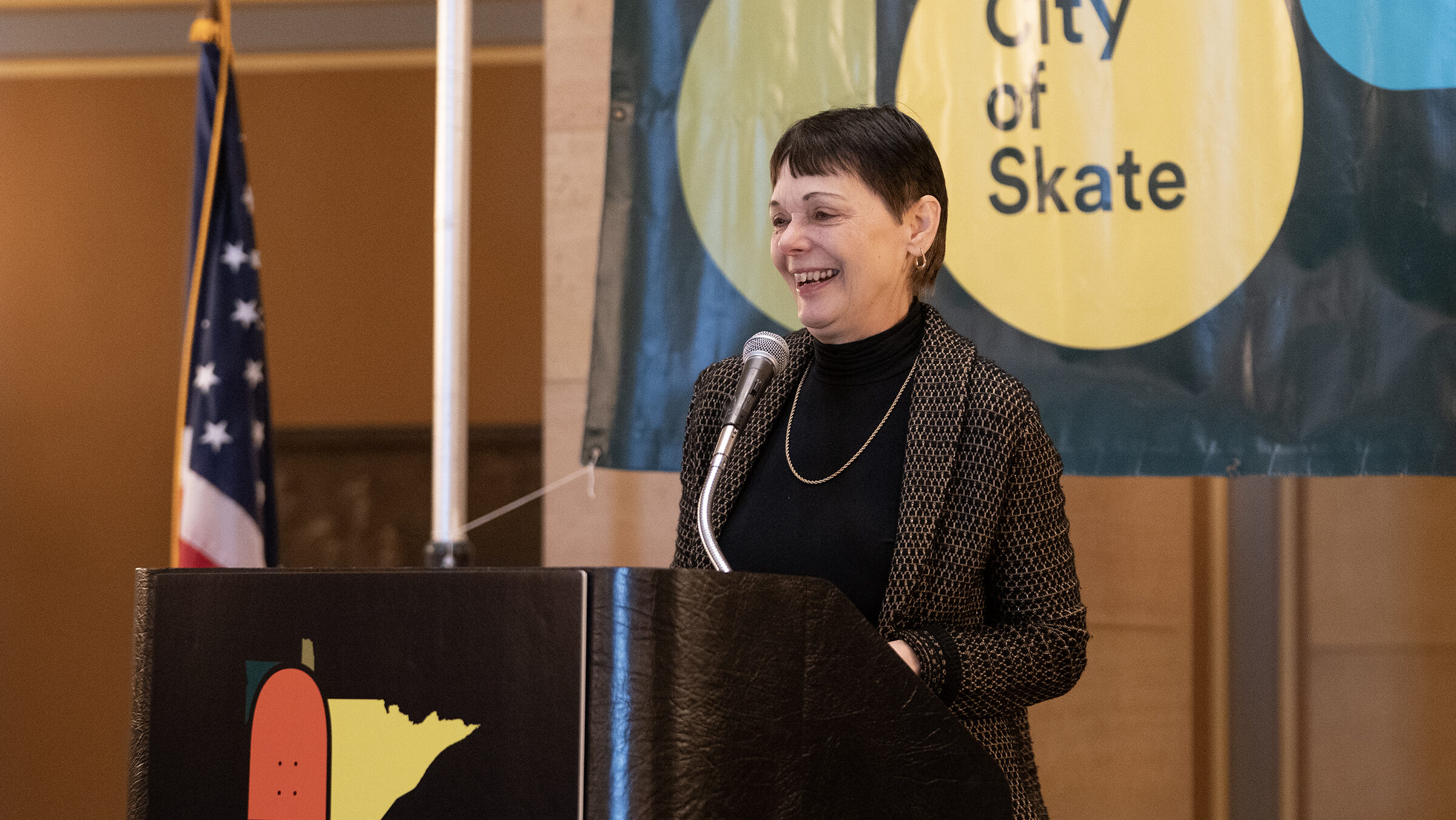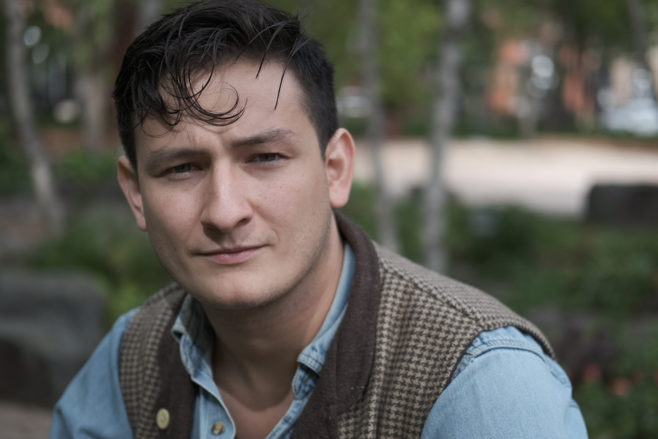Playgrounds are for everyone
District Perspectives
Senate District 65
Play is a central part of childhood, and a trip to the neighborhood playground is often the highlight of a child’s day. A game of “the ground is lava” can turn a slide into a volcano, a stranger into a friend. Playing together helps children learn how to collaborate, problem-solve and stretch their imaginations. In fact, the United Nations names play as one of the rights of every child, and organizations from the American Academy of Pediatrics to the Centers for Disease Control recommend active play for children every day, citing countless socio-emotional and health benefits.
But the slides and swings in many of our community playgrounds are often inaccessible for young people with disabilities. A child with spina bifida, autism, low vision or any type of different ability may find themselves left on the sidelines while their peers leap across the monkey bars. Children of all abilities deserve places where they can play together and build lifelong communication skills and friendships.
Inclusive playgrounds are the solution to this structural exclusion. With designs that accommodate wheelchairs and help from caregivers, build in sensory rest areas to take a quiet break, modify climbing structures for low-vision or blind children and more, inclusive playgrounds welcome children of all abilities to play, learn and grow. These designs also make it easier for a grandparent or adult with limited mobility to enjoy playgrounds and engage in play with their young relatives, turning the park into a place for multigenerational joy.
As chair of the Capital Investment Committee, I’ve been delighted in recent years to see more communities asking for state assistance to build inclusive playgrounds. Just this year, I funded an inclusive playground in our district on West 7th Street, with the support of local partners Councilmember Rebecca Noecker, St. Paul Park Director Andy Rodriguez and former council member Dave Thune. It’s a trend across Minnesota: I was proud to fund three other inclusive playgrounds in Apple Valley, Fridley and Inver Grove Heights in 2023; and as I’ve traveled across the state this fall to visit new project proposals, I’ve met leaders who have already built inclusive playgrounds and heard their stories of how accessible design improves the playground experience for every member of the community.
We are trying to craft bonding bills that reflect equity and inclusivity. In some cases, that means funding nonprofits that provide community services — like job training and mental health support — alongside the water quality, road improvement, and state university projects that have filled bonding bills in years past. Looking forward, it also means listening to advocates in the disability community and integrating accessibility into everyday design, from curb cuts to parks.
People with disabilities have too often been left out of the equity discussion. Children with disabilities and developmental differences shouldn’t have to struggle to join their friends in playtime; they should be included without a second thought. Funding accessible playgrounds in community parks is one step toward a more inclusive future.



